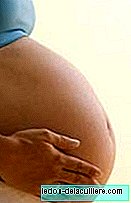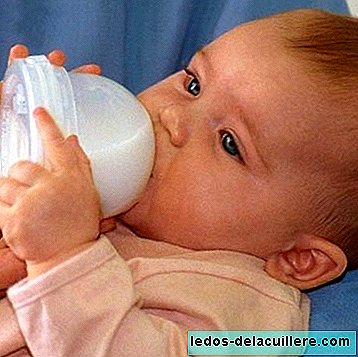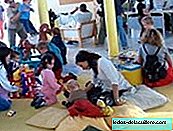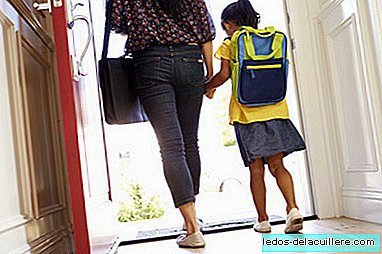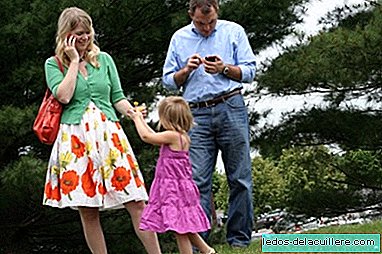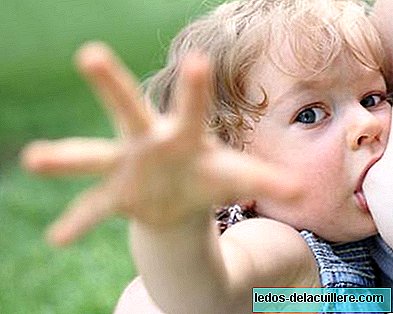
Who has a brother, has a treasure. But for Jack, his sister Ava is also the person who saved his life. These Australian brothers have starred in a beautiful story of generosity, unconditional love and struggle for survival.
Jack, who was diagnosed with childhood cancer a few months ago, has received a compatible marrow and the donor has been none other than her sister, who has been able to see the moment of the transplant excited through Facetime.
Sibling Compatibility
Jack is eleven years old and last May he was diagnosed with acute myeloid leukemia, a type of blood cancer. Despite receiving chemotherapy, the disease had not been eradicated, so the doctors at Australia's Randwick Children's Hospital chose to perform a bone marrow transplant.
After carrying out the compatibility tests with his sisters, Ava of nine years and Addie of six, the doctors advised the parents to be Ava the donor, and in the same hospital he underwent the intervention to save Jack.
Ava was subjected to a surgery under general anesthesia to remove the marrow of both hips, and while recovering from the intervention in the hospital room, he could see through Facetime the moment when his brother received the transplant.
His parents are very excited about everything that happened and have told the Daily Telegraph that "It's an amazing gift for someone to do that for a brother".
Ava was discharged a few days later and has joined the school again with the hope that her donation will help her brother cure that, for now, he recovers favorably although doctors insist that it is early to be able to affirm that the transplant has worked.
How to donate marrow?
As reported by the Josep Carreras Foundation, within the family group, brothers are the best donors for a patient You need a bone marrow transplant, because there is a greater degree of compatibility.
However, only between 25% and 30% of patients have the possibility of finding a compatible family donor, so that the rest of the patients must resort to voluntary donors registered in the international donor registries.
Jack has been very lucky and his parents know it, so they have taken the opportunity to call for the donation of marrow, a quick procedure that can save millions of lives.As reported by El Mundo in this article published in September, in Spain, bone marrow donations increased 216% compared to 2013, reaching the figure of 340,000 registered volunteers. But it is never enough, so we must be aware of what a simple gesture of ours may imply for someone.
If you want to donate marrow, you should contact your referral hospital and they will inform you of the procedure to follow. In general terms, the donation must start from a person between 18 and 55 years of age, in good health, a minimum weight of 50 kg and no history of heart, liver, autoimmune, infectious-contagious or neoplastic diseases.
In 70% of cases, the donation procedure occurs through cytoaferesis or blood donation peripheral Once the donation is made, the product obtained is administered to the patient as if it were a transfusion.
In the case of Jack's sister, the donation was made through surgery by puncture of the iliac crests (hip bone). This occurs in 30% of cases and will depend on the needs of the patient and the opinion of the donor.
As we have commented above, only 30% of people who need such a transplant find a compatible donor that provides them with the hope of healing. In our blood, or in the blood of the umbilical cord could be the cure for someone. We give life!
Via Daily Telegraph
In Babies and More A "Star" is born that will save the life of his older brother, A child with cancer is still a child: World Day Against Childhood Cancer, Hearts against leukemia



